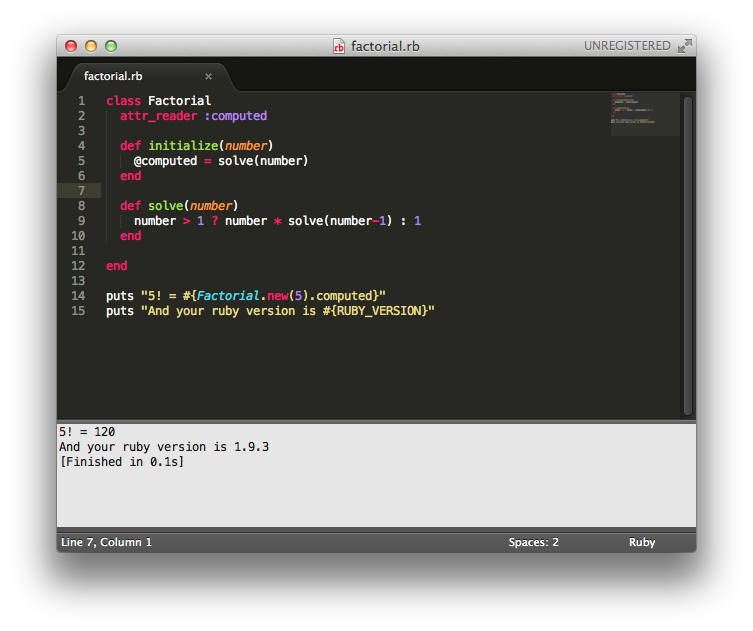If you’re using Administrate (a wonderful Rails engine produced by the folks at thoughtbot) you may have found that your application’s helpers are not available to Administrate’s views.
Exposing your app’s helper methods to Administrate is pretty straight forward — just add the following to your application.rb:
# config/application.rb
module YourApp
class Application < Rails::Application
# ... your application's config
# Load App helpers into administrate
config.to_prepare do
Administrate::ApplicationController.helper YourApp::Application.helpers
end
end
endIf you’re interested in how this works take a look at this bit of the Rails source code.
Rails’ AbstractController provides a method (specifically modules_for_helpers) for submitting a list of helpers which are processed and added into the engine. Very cool!
The nice thing here is that is not specific to Administrate and can be used with any Rails engine needing access to your application’s helpers.





